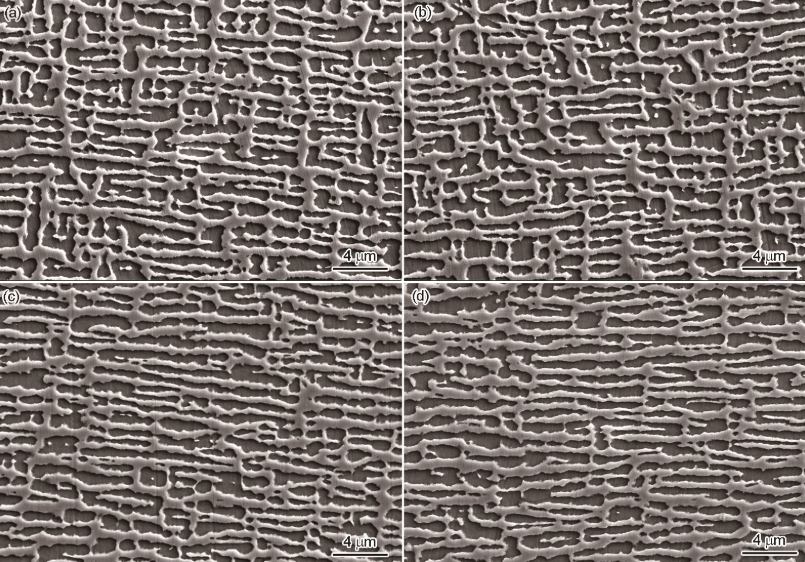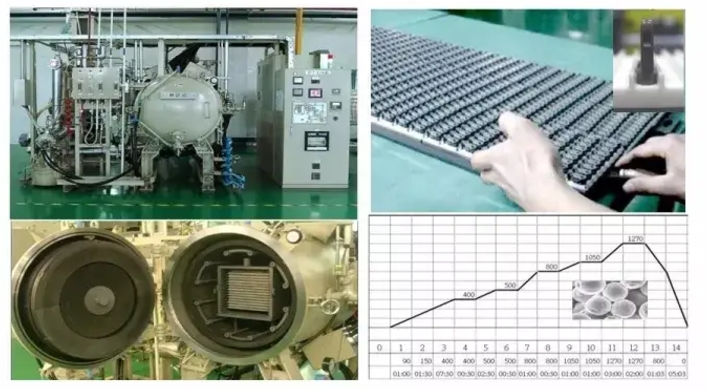Views: 10 Author: Site Editor Publish Time: 2024-12-30 Origin: Site
Iron-based powder metallurgy (PM) components are known for their excellent mechanical properties and cost-effectiveness, making them a popular choice in industries requiring strong, durable materials. The pressure resistance of such components largely depends on factors like material composition, manufacturing process, and specific design. In general, well-processed iron-based PM parts can withstand pressures ranging from 300 MPa to over 1000 MPa, catering to a wide range of demanding applications.
Key to achieving this high-pressure resistance is the use of high-quality raw materials and optimized manufacturing techniques. During the compaction stage, metal powders are subjected to pressures exceeding 600 MPa, creating a dense and uniform structure. This is followed by sintering at high temperatures, which further strengthens the bonding between powder particles, enhancing the component’s structural integrity. For applications requiring even higher pressure tolerance, secondary treatments such as forging, heat treatment, or surface hardening can be applied.

The performance of iron-based PM components under pressure has been proven in various applications. In the automotive industry, these parts are commonly used in engine components, transmission gears, and brake systems, where they endure significant mechanical stresses. In hydraulic systems, iron-based PM components like pistons and cylinders operate under extreme pressure, demonstrating excellent reliability and longevity. Additionally, their ability to maintain consistent properties in high-pressure environments makes them indispensable in industrial machinery and heavy equipment.

Through continuous innovation in material science and manufacturing technologies, the pressure resistance of iron-based PM components continues to improve. These advancements are enabling their use in even more demanding applications, further solidifying their role as a critical material solution in modern engineering.

